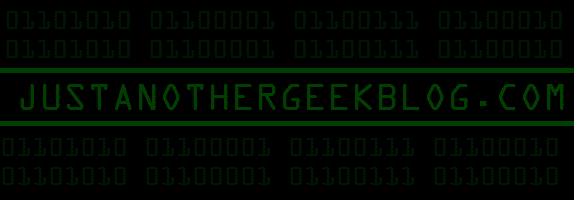We have been using Ubiquiti’s Unifi platform to run our home network for several years now. Back in 2016 we made the decision to upgrade our home network to “professional-grade” equipment. Our justification for this upgrade was to increase our network capacity, and to implement better security controls (such as putting IOT devices on their own VLAN). Those were, of course, very real justifications. However, another big motivator was just that I am a nerd, and wanted better “toys”.
Both my other half and I have extensive Home and Small Office networking experience, both personally and from our “IT guy” side hustles. We both have exposure to enterprise networking equipment and features from college, and through labs. However, we have not garnered much experience with the equipment in “production” environments, even one as small as a home network. Everything we had done up to that point consisted of “consumer-grade” equipment, maybe with the odd custom firmware to add features.
So we did some research, looked at Cisco and some of the other major vendors. There were many great options, but none seemed to fit. While we were technically capable of getting them working, most were overly complicated for what we needed. Then there was the sticker-shock. We weren’t naïve, we knew this type of equipment was pricey. However, unsurprisingly, many vendors wanted to nickel and dime for some features. So, we kept researching and eventually stumbled upon Ubiquiti, and UniFI. The first thing that jumped out at us was the price, we though there must be a catch. After reading through their website, everything looked legit. We found the equipment with the features we desired, and decided to give it a try and ordered our first setup.
The Initial UniFi Setup
We were on a tight budget so, our original configuration was simple, we had the most basic setup:
- 1x Unifi Security Gateway (USG-3P),
- 1x UniFi 8-port POE Switch (USW-8)
- 1x UniFi Wireless Access Point (AP-AC-PRO).
The controller software ran on our home server. The remainder of the network consisted of 2 Dell Gigabit switches we got for practically nothing on ebay for the remainder of our wired equipment. At the time, this powered around 33 WIFI devices and 20 wired devices, including our home server and VPN, 2 two very heavy bandwidth users, and guests.
The initial setup was incredibly easy. Once we had the controller running, we simply adopted the devices and just like that we had a functional network. Once we got the WI-FI configured we were good to go. We then went on to separate out our networks for main, IOT, Guests. This was incredibly easy with the GUI. We were up and running and fully configured in a matter of 2 hours. Although the system worked pretty well, it was unable to accommodate some of the more advanced features like IPS/IDS without a serious drop in throughput, so we had to leave those off, but we were very impressed .It was an immediate and obvious improvement to our network.
The Upgrade(s)
Over the years as the number of client devices on our network has doubled. New technologies have been released. So, we have of course upgraded the setup. We are now running:
- UniFi Dream Machine Pro (UDM-Pro)
- 1x 24 port switch (USW-24)
- 1x UniFi 8-port POE Switch (USW-8-POE)
- 1x UniFi Wireless Access Point (AP-AC-PRO).
- 1x UniFi Wi-FI 6 Access Point (U6-Lite)
- 3x Flex Switch Mini 5-Port
- 1x UniFi G3 camera (testing for now)
The upgrade wasn’t as smooth as the initial install, but was not too difficult. As we were replacing the controller with the UDM Pro, we found that we could not transfer our settings over. May have been user error, but we went ahead and started from scratch. Once we had the UDM up and running, it took little time to readopt our old hardware we intended to use. Once all of the new hardware was setup, we were able to enable IPS/IDS and Geo IP filtering (features I had long wanted). Since then, everything has been running more or less flawlessly. There are still a few bugs in the controller, but it seems Ubiquiti are working them out.
With the exception of the cable modem our entire network infrastructure is now UniFi, we have started utilizing Unifi Protect cameras, and if they work out they will replace our off brand Chinese ones. So far, our experience with UniFi has been awesome. There are some flaws in the system, but we without a doubt feel that we have gotten our money’s worth. I will post here from time to time with updates to the network. If you are considering using UniFi for your home network, and actually have a use for the advanced features, I would definitely recommend it.





Trackbacks/Pingbacks